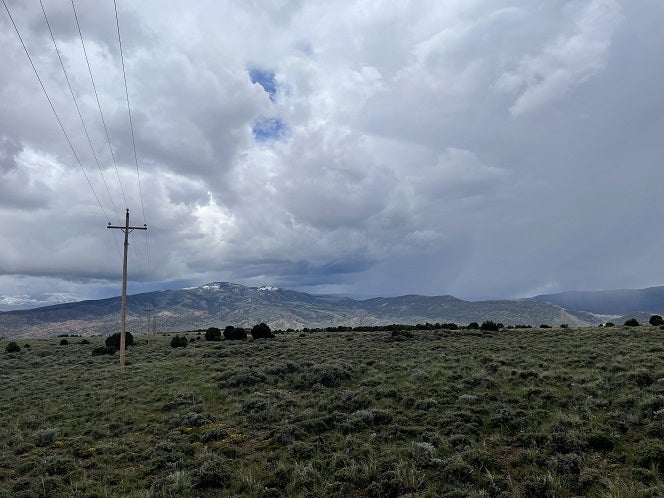
Boise State University MS Raptor Biology student Eve Thomason defended her thesis, “Assessing Illegal Shooting of Birds along Power Lines” on the afternoon of February 23, 2023. Thomason’s advisor is Dr. Todd Katzner (US Geological Survey), and her committee included Dr. Jim Belthoff (Boise State University Raptor Research Center, Biological Sciences) and Dr. Jen Cruz (Raptor Research Center, Biological Sciences).
ABSTRACT
Birds found dead near power lines typically are assumed to have died from electrocution. However, birds die from many causes, and inaccurate diagnosis of cause of death undermines law enforcement, management, threat assessment, and mitigation. We used field and necropsy data from dead birds collected along 196 km of power lines in four western USA states in 2019 – 2022 to test the assumption that electrocution is the leading cause of death of birds on power lines. Of 175 birds with a known cause of death, 66% died from gunshot, whereas only 17% died from electrocution or by trauma. To address the issue, law enforcement and resource managers need to understand where, when, and why illegal shooting occurs. Therefore, we examined spatial and temporal patterns in illegal shooting along power lines in the Morley Nelson Snake River Birds of Prey National Conservation Area in Idaho, USA, in 2021-2022 to evaluate two hypotheses for potential drivers of illegal shooting of protected nongame birds. These hypotheses were (a) that illegal shooting was the consequence of a premeditated activity; and (b) that illegal shooting was an opportunistic event associated with other legal recreational activity (these two hypotheses are not mutually exclusive).
Shot birds were often found in clumped spatial patterns, with many birds shot in relatively short timespans. At times there were multiple shot birds beneath the same power pole, at contiguous poles, and along consecutive segments of power lines. These findings are consistent with the hypothesis that illegal shooting was premeditated. There was also strong evidence that illegal shooting was associated with legal recreational activity. For example, most illegal shooting occurred in the spring, which coincided with a peak period of legal recreational shooting, and illegal shooting ceased during periods with low recreational shooting activity. Furthermore, the locations of some illegally shot birds were in recreational shooting “hotspots.” Although past mitigation to reduce avian deaths along power lines has focused almost exclusively on reducing electrocutions and collisions, today, addressing illegal shooting may have greater relevance for conservation and design of electrical infrastructure.